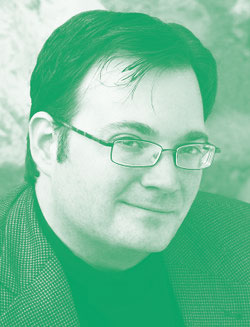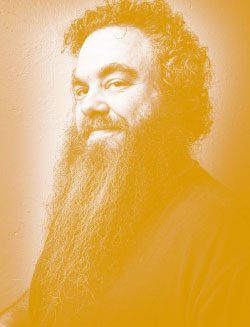Since books by the same author are connected through curved lines I wanted to add a personal touch by highlighting my favorite authors & books. The colors below correspond to those in the visual above.
But besides these 3 authors I have highlighted several favorite books from Terry Goodkind's Sword of Truth series that started my love for the fantasy genre and recently I also enjoyed Brent Week's Night Angel trilogy.
If you're also a fantasy fan you may have noticed that some big names are not part of my favorite group. This is most likely due to me not having read them. Even though I love fantasy, I don't actually read that often, there are so many other things that I spend my time on (such as creating these kinds of visuals).
So if your favorite fantasy author isn't part of my top 3, try to think about the titles of their books and search for their general themes in the map above. Hopefully you'll be able to pick up the "thread" that connects your favorite author's books.
Understanding the swooshes
The animationimage below shows how to interpret the smaller circles and lines that surround the large book circles. Each letter of the title is marked as a small dot around the big main circle, where a is on top. The other letters are located evenly around the circle. Letters within a word are connected by swooshing arcs. This results in unique patterns for each book title and highlights which letters are most common in a title.
I've made a distinction between favorite books, which are completely filled with a color. And books by one of my favorite 3 authors, but which are not truly my favorite books (or I haven't read them). The latter are only stroked with the author's color, but the circle itself is white.
Finally, the books are scaled according to how many ratings it has on Goodreads. The author links between the books are also scaled, the higher in the Amazon author top 100 the thicker the line between books.


